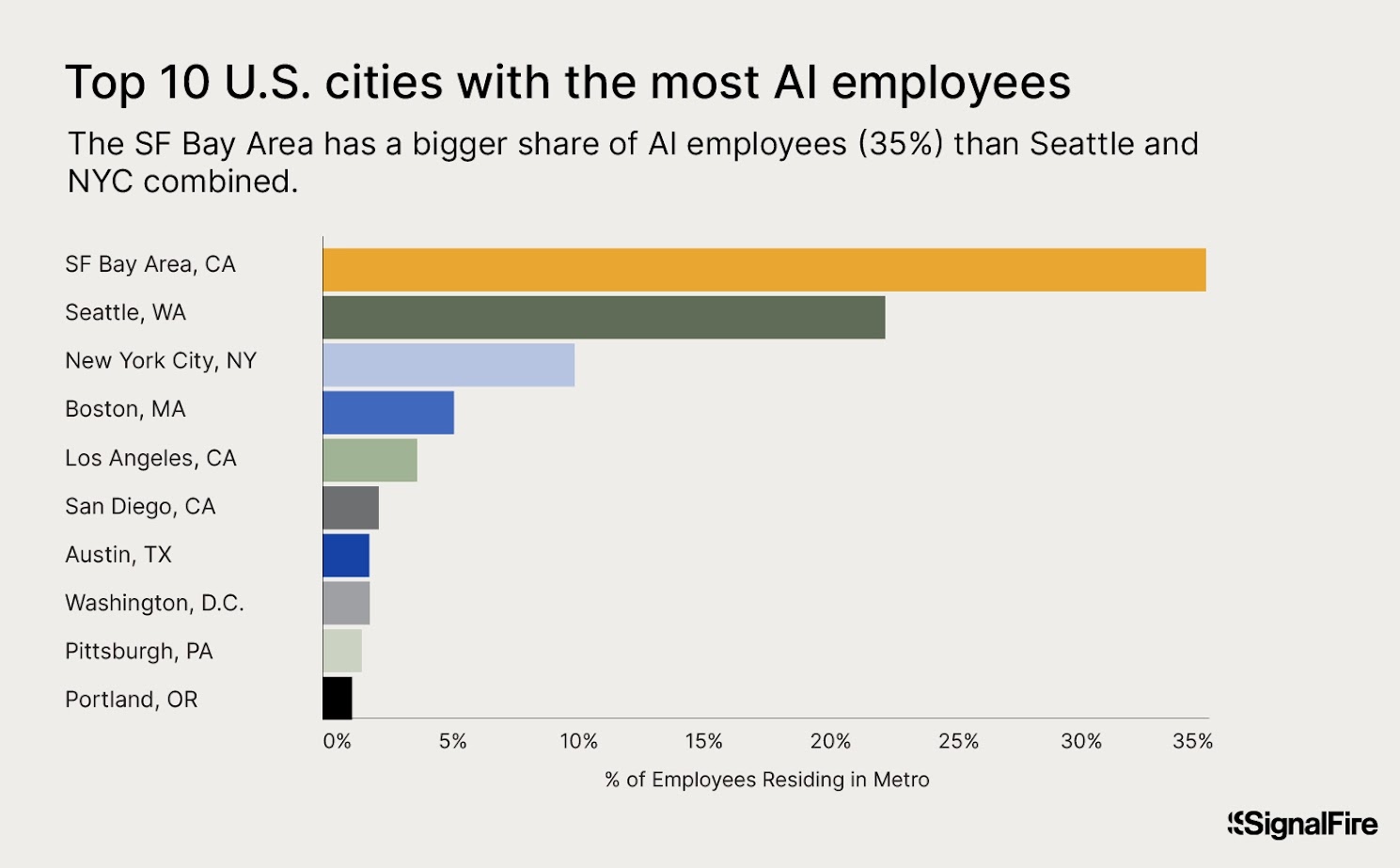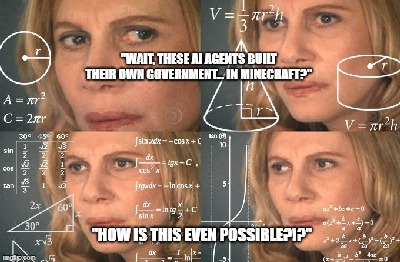Living in San Francisco comes with its perks, especially if you’re someone fascinated by artificial intelligence (AI). It’s no surprise that San Francisco ranks number one among the top cities for AI innovation in 2024. I’m thrilled to be in the heart of all this action, surrounded by cutting-edge AI companies and a buzzing tech environment.
What Makes San Francisco the AI Capital of the World?
San Francisco has everything you need for rapid AI development—thousands of AI jobs, world-leading companies, and a strong AI readiness index. With a weighted composite score of 61.6, the city has a perfect combination of opportunities, education, and networking. Just look at the numbers: 4,255 AI companies and 889 AI jobs advertised at any given time! That’s massive, and it reflects why so many tech enthusiasts and professionals are flocking to the Bay Area.
The Importance of Networking and AI Events
One of the most exciting aspects of living here is the sheer number of AI events. With 664 events related to AI, there’s something happening almost every day. These are golden opportunities to learn, network, and grow. Whether it’s AI conferences, workshops, or meetups, the amount of knowledge shared is mind-blowing. Personally, I’ve had the chance to meet like-minded professionals and innovators who are shaping the future of AI.
How AI Readiness Pushes Boundaries
One standout factor is San Francisco’s AI readiness index, which sits at 72. This means that the city is well-prepared for integrating AI technology into various industries. From healthcare to finance, you can see AI innovations being applied to solve real-world problems. San Francisco is truly paving the way for what’s possible with AI.
Why It’s Great to Live in the AI Hub
For me, living in San Francisco has given me access to opportunities that would be hard to find elsewhere. The city is home to some of the most innovative AI companies in the world, and being part of this ecosystem makes you feel like you’re on the cutting edge of tech. It’s one thing to read about AI advancements online, but it’s another to witness them firsthand and even contribute to them.
Read the article: “The Powerful Dilemma of Following Your Passion”






